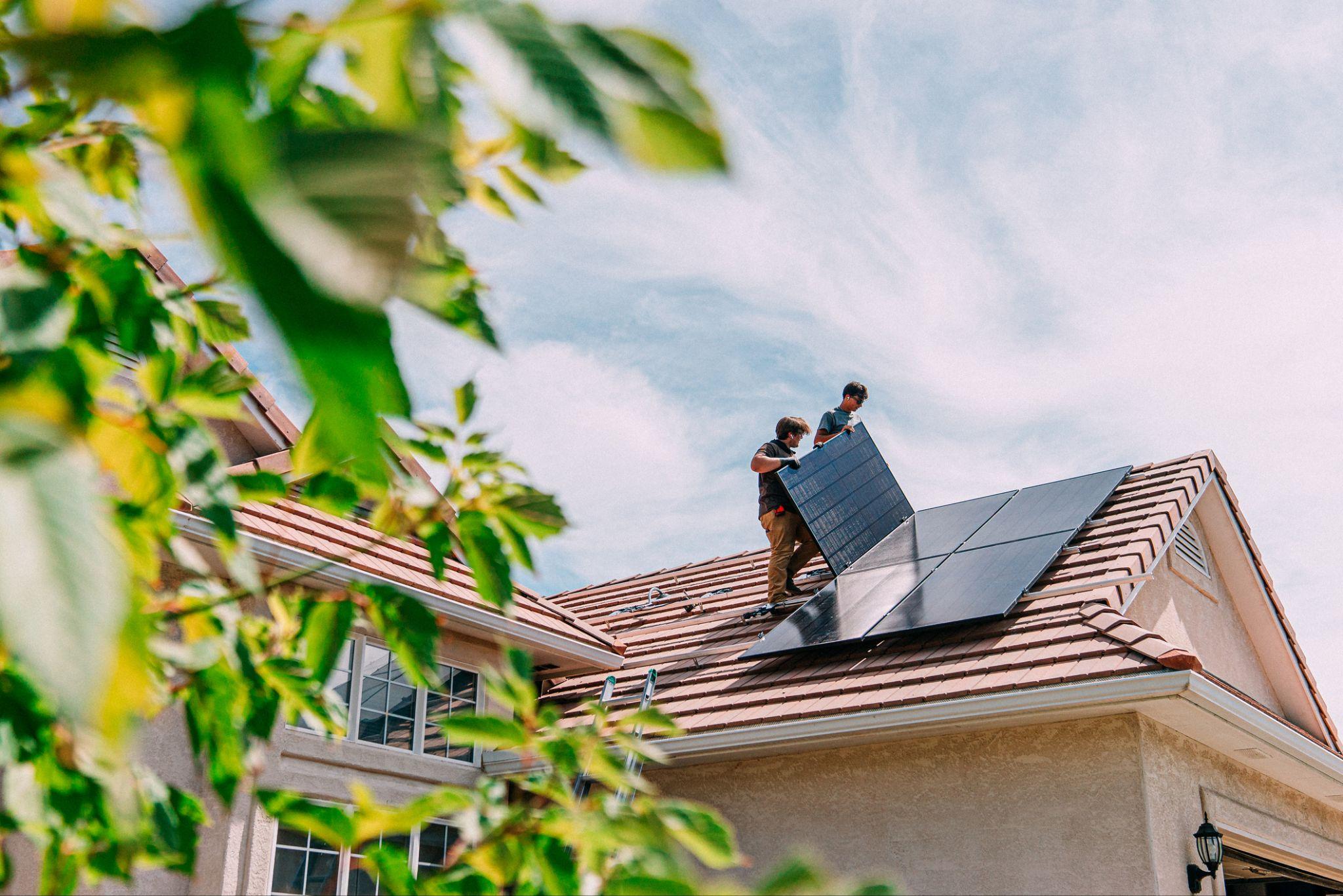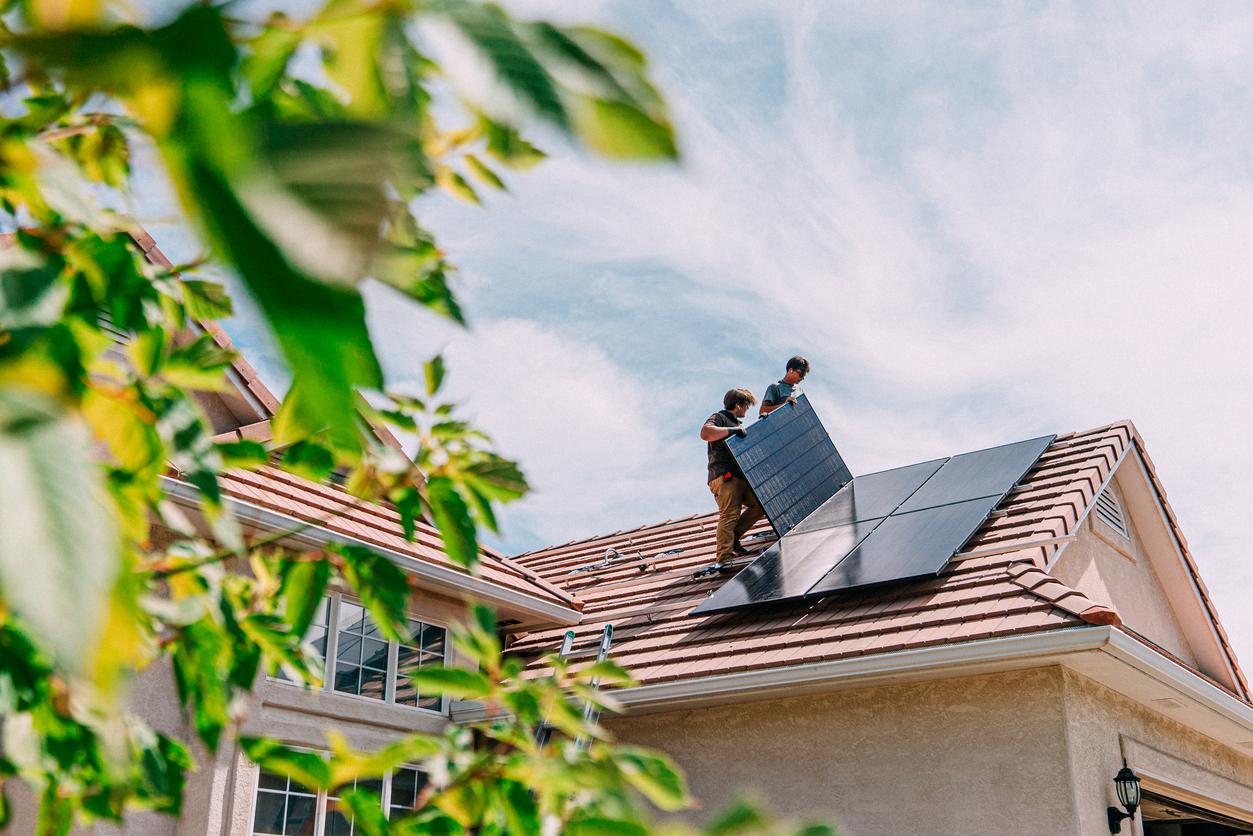
The US construction industry is undergoing a sustainability revolution, and solar panels are leading the charge. As a contractor, you’re likely encountering a surge in client inquiries about these eco-friendly power generators. This guide equips you with the knowledge to understand the factors influencing solar panel costs in the US, allowing you to provide informed estimates to potential customers.
To better understand solar panel costs, we highly recommend reading this guide for further insight into the different factors to take into account, as well as contacting multiple solar panel installers and comparing their quotes.
By doing this, you can not only expect to gather more information on the matter but also save up countless hours of your time and ultimately save money in the long run by choosing the best option for you. Therefore, don’t hesitate to get in touch with professionals in the industry.
Understanding Solar Panel Systems
Before diving into cost specifics, let’s establish a basic understanding of solar panel systems in the US. A typical system consists of several key components:
- Solar Panels: These photovoltaic panels are the workhorses of the system, directly converting sunlight into electricity.
- Inverter: This crucial component transforms the direct current (DC) electricity produced by the panels into usable alternating current (AC) for your home.
- Mounting System: This framework acts as a secure foundation, holding the panels firmly in place on your client’s roof.
- Optional Monitoring System: This allows homeowners to track their energy production and consumption, providing valuable insights into their solar power usage.
Factors Affecting Solar Panel Installation Costs in the US
Several variables influence the total cost of a solar panel installation project in the US. Here’s a breakdown of the key considerations:
- System Size (kW): The size of the solar panel system, measured in kilowatts (kW), directly impacts the cost. Larger systems generate more electricity but require more panels, increasing the overall price. A typical US home with average energy needs might require a 4kW to 6kW system.
- Panel Efficiency: Solar panel efficiency refers to the percentage of sunlight they convert into electricity. High-efficiency panels generally cost more upfront but generate more power per square foot. While the initial investment might be higher, these panels can lead to greater long-term savings on electricity bills.
- Roof Considerations: The type, pitch, and accessibility of your client’s roof will affect installation complexity. Flat roofs often require additional support structures, adding to the cost. Conversely, a south-facing, unobstructed roof is ideal for solar panel placement, minimizing installation challenges. It’s important to assess the suitability of the roof for optimal solar energy capture.
- Labor Costs: Installation labor costs vary depending on your location, the project’s complexity, and the experience level of the installers. Obtaining quotes from multiple qualified solar installers is crucial for securing a competitive price. Remember to ensure the installers are reputable and experienced.
- Permits and Inspections: Securing necessary permits and scheduling inspections add to the overall project cost. However, these are essential steps to ensure the installation complies with building regulations and safety standards.
Cost Estimates and Considerations
While providing a definitive cost upfront might be difficult, you can use these benchmarks to give your clients a general idea:
- Based on current US trends, a typical solar panel installation for a home can range from $5,000 to $15,000.
- A 4kW to 6kW system, suitable for many homes, might cost $7,000 to $12,000. It’s important to remind clients that these are estimates, and the final cost can vary depending on the factors mentioned above.
Additional Considerations Beyond Cost
When discussing solar panels with clients, go beyond just the upfront cost. Here are some additional factors to consider:
- Financial Incentives: The US government offers various financial incentives for installing solar panels, including tax credits and state rebates. These incentives can significantly reduce the upfront cost for homeowners. Researching these incentives with your client can be very beneficial.
- Return on Investment (ROI): While there’s an initial investment, solar panels generate electricity that offsets energy bills, leading to long-term savings. The payback period, or the time it takes for the system to pay for itself through energy savings, varies depending on factors like electricity costs and system size. However, with increasing energy costs, solar panels can offer a compelling ROI. By calculating the estimated payback period for your client’s specific situation, you can help them understand the long-term financial benefits of solar power.
- Environmental Benefits: Solar energy is a clean and renewable resource. Highlighting the environmental benefits of solar power can resonate with eco-conscious homeowners. Solar panels contribute to reducing greenhouse gas emissions and dependence on fossil fuels, making a positive impact on the environment.
The Future of Solar Power in the US
The solar panel industry in the US is constantly experiencing advancements in technology and reductions in installation costs. By staying informed about these developments, you can confidently guide your clients towards a sustainable future. Consider partnering with qualified solar installers to offer your clients a comprehensive solution for integrating solar power into their homes.
By understanding the factors affecting solar panel installation costs and the benefits they offer, you can effectively position yourself in a position where you’re not only becoming increasingly environmentally conscious but also saving money by cutting down on your dependency on volatile energy prices.

































